Incubators are in. Google the word and you will see. An incubator helps starting entrepreneurs further develop and scale-up innovative ideas. Incubators started in the for-profit world, but with social entrepreneurship on the rise, they are also moving into that area.
The 2014 Impact Forum, convened by the inspiring Durreen Shahnaz, did not have the theme From Niche to Market for nothing. Global social entrepreneurship is growing, and with that, so is impact investment.
But this development is whizzing past the justice sector. Not much work is being done to stimulate entrepreneurship in that area. Why?
Over the past three years HiiL has mapped more than 150 justice innovators, globally. Their incredible work is showcased and categorised on www.innovatingjustice.com. Through questionnaires and interviews we have been able to distil things that make justice innovation more likely to succeed and things that make it more difficult. We also have a better sense of what makes a good justice innovation. We published our handbook, Innovating Justice: Developing new ways to bring fairness between people, using these invaluable experiences.
Around these innovators we have built a community of 11.000 justice innovation enthusiasts. We have found ways to connect with innovators and those in need of innovations through our website and annual Innovating Justice Forum (the fifth edition to be held on 25-26 November).
We have also gained experience in strengthening innovations. We supported Facilidadores Judiciales to improve the measurement of impact and provided support for scaling up to 5 other Latin American countries. We helped Legal Atlas with further developing their innovation. Mobile Judge (Mozambique) is being helped with taking their innovation to another country.
HiiL is not the only organisation working on justice innovation. The World Justice Project Opportunity Fund is another amazing network of justice innovations. What makes this initiative more special is that it is linked to an Opportunity Fund, giving innovators a push to develop their innovation. Namatibrings together initiatives on legal empowerment. ReinventLaw showcases innovations through energising events in different cities around the world. The Global Forum on Law, Justice and Development was established by the World Bank to bring together best practices in the area of rule of law development.
So something is afoot. Justice innovators and those in need of innovations are being brought together. Experiences are being shared and that is good. But we are impatient. Change is happening too slowly. We don’t really have incubators yet, coupled with an investment ecosystem and effective accelerator programs. If we have learned one thing from our four years of scouting, mapping, and modestly strengthening innovations, it is that there is huge untapped potential of justice innovation in the world.
An incubator fits in an ecosystem that attracts innovative ideas. We seem to have an emerging number of such magnets. That ecosystem should also have ways to assess the best ideas. That is more challenging. How can you pinpoint the strongest aspects of a justice innovation? HiiL has developed assessment criteria for selecting the annual Innovating Justice Award winners. They focus on the uniqueness of the innovation, considering the local context (what is new, what is different and what is the comparative advantage to services are already available). They also look at the scalability and sustainability of the innovation.
As part of its work on impact investment, Shujog has pioneered ‘harder’ criteria. IRIShas developed a catalogue of generally-accepted performance metrics that leading impact investors use to measure social, environmental, and financial success, evaluate deals, and grow the credibility of the impact investing industry.’
So, here too, we are moving in the right direction. We do not see, however, that knowledge is being widely applied by institutions that spend money on justice.
An effective justice innovation ecosystem, with its ability to assess innovations, should have a way to select ‘the best’. Like the sifting for gold in a river basin, and based on the right assessment criteria and benchmarks, the best should drift upwards (with a little help to improve, if needed) and, as they do, they should be connected to better access to expertise, human capital and funding.
Ideally, the different stages of a justice innovation, in in terms of size, impact, business plan and overall quality, should be linked to different sources of funding. Each part of the development process has different types of funding, which are all essential. For example, grants to develop good but more risky ideas with potential. Interest free loans for initiatives that have passed the start-up stage and need to be taken to a next level. And finally, impact investors who can invest millions but who want a return on that investment.
The impact investment world is showing us what is possible if you get such an ecosystem. This year at Davos and the 2014 Impact Forum, we saw tremendous impact in the health and environmental sectors with such a way of working. It’s time to apply that to justice.

